
The famed society photographer Cecil Beaton on the Wilton House’s Palladian bridge.
Without a doubt, the one Bright Young Thing that became a household name and today, is even more popular than ever, is Cecil Beaton. Famed for his celebrity and royal photographs, he was also a noted author and set and costume designer, winning many awards, including Tonys and Oscars for both Gigi and My Fair Lady.
Despite all his various successes, it is his photographs that are his lasting legacy and today there is a revival of Beaton with new books and retrospective shows of his work.
Beaton was great friends with the Pembrokes and took photographs of them for three generations: The 15th, 16th, and 17th Earls. It is the present Earl, the 18th, who is hosting an exhibition of Beaton’s work at Wilton House, curated by his former boss, Jasper Conran. Many of the photographs are of his family.
![image_thumb[67]](https://lh3.googleusercontent.com/-fi3pGwh64As/Vxnt3_URInI/AAAAAAADLEw/HEgJCUO9bUs/image_thumb671_thumb.png?imgmax=800)
In 1940, Life Magazine featured Beaton at Wilton House working the switchboard during air raid precaution preparations.
Of course beside the Pembrokes, his otherclose friend in Wiltshire was Edith Olivier and when it came time for Beaton to find a country home, it was Edith who played real estate agent, yet again.

In 1930 Edith Olivier took Cecil to Ashcombe, a house she had heard was for rent. He was immediately smitten and moved right in – Edith sent over her carpenters for repairs and the artist Rex Whistler promptly designed a new front door – and then painted the estate:

Whistler’s classic painting of Ashcombe with the studio on the left and the house on the right. I love the smoke coming from the chimney!

Ashcombe, today. Most recently, Ashcombe was owned by Madonna; her ex-husband Guy Ritchie continues to live there and has expanded the house and turned the estate into even more of a true beauty.
Beaton lived at Ashcombe, in bliss, until 1947 when his landlord kicked him out. It is said he grieved over Ashcombe for the rest of his life, even writing a book about his 15 years there.

Of course, it was up to Edith to find him another suitable Wiltshire house and she then took him to see Reddish House.
![image_thumb[11]](https://lh3.googleusercontent.com/-yqEB4hlC8uI/VxnuJB0JHfI/AAAAAAADLFQ/Z5_3bnwmBdg/image_thumb11_thumb.png?imgmax=800)
Reddish House, today.
Looking at pictures of Reddish House, I could never quite understand why Beaton missed Ashcombe so much.
Reddish House, with its beautiful facade, is definitely as pretty as Ashcombe – if not even more beautiful. But while writing this story and comparing the two estates, I see that Reddish House is lacking in certain aspects when compared to Ashcombe.
(Read my story on Ashcombe HERE.)
Ashcombe is on a large, very private estate, with both a large studio and the beautiful main house. Reddish, though, is located right off the street with neighbors close by on each side. One such neighbor is a junkyard for old cars. And, most surprising is Reddish House’s main garden is actually across the street, not exactly secluded and quiet like Ashcombe.
Reddish House was always second choice. Edith had actually driven him to Dinton to see another house, which he found “too grand.” When they drove past Reddish House in Broad Chalke, Beaton was instantly attracted to it and Edith stopped to ring the bell. She had known it, of course. Her friends, Dr. Lucius Wood and his wife Clare, lived on its 2.5 acres.
Beaton said of Reddish that it did not have the same “wayward romantic remoteness” of Ashcombe, and it surely doesn’t. But he felt it had a “Miss Mitford” quality and was the house “an adult would own.” Perhaps it was now time to grow up and leave the Bright Young Things behind. Banished from his new house was the fanciful decor of Ashcombe – the infamous Circus bed that his artistic friends had created was abandoned.

Reddish House was first built in the 16th century and was updated in the 18th when a drawing room was added to the south side and a wing was built on the left. Beaton added more rooms onto the east, and then extended the drawing room to the south side. He also updated the kitchen and baths. Upstairs, the rooms had once been used for cock fighting, of all things, and he used the remaining cages to house the costumes he designed for My Fair Lady.
Beaton remained at Reddish House from 1947 until he died in his bed, there, in 1980.
Beaton’s Guest Book, combined both Ashcombe and Reddish House.
The guest list is an incredible collection of almost everyone who ever lived! Here you can see Edith Olivier and Olive Messel both visited a few times along with Rex Whistler and William Walton. The book is filled with illustrations from artistic friends, some who drew Reddish House itself.
The Queen Mother was a guest in 1955 – amazing! She has an entire page to herself.
1947. Cecil Beaton when he first moved into Reddish House. Notice the beautiful bust of a poet over the door – and the open window upstairs.
The house looks very run down here with no landscaping. Gardening became a great passion of Beaton’s.
The famous author and stylist Hamish Bowles visited Reddish House and attempted to recreate the iconic photo of Beaton outside his door, but he posed on the wrong side of it!
Later, Reddish House looks softened with a bit with grass. Beaton spent long hours creating a garden across the street and on the sides and back of Reddish House. Be sure to notice the small oval window in the attic above the door – charming!
1955 – a beautiful side view of the poet’s bust and the Corinthian pilaster.
Reddish House, in Beaton’s time, behind its gates. Maintenance at Reddish House was a non-ending affair.
After Beaton’s death, Ursula Henderson lived there until 1987 when the famous musician Robert Fripp and his wife, singer Toyah Willcox moved in and stayed until 1999.
Fripp keeps an extensive online diary and he wrote that the upkeep at Reddish House was horrid. The house was “decayed” when he moved in and he wasn’t sure how it was still standing. Fripp spent his entire time at the house with workers underfoot and the repairs still weren’t finished when he moved out. When he moved out, the next owners spent 3 years totally renovating the house and today it is finally in good enough shape to last another four hundred years!
Fripp took this photo (with his feet included) of a faux marbled mantel that was once in the master bathroom at Reddish House. He and his wife removed it when they added a window for a western view of the garden. The mantel is now in the house Fripp moved to.
1955.
Today, the same vantage. The gravel drive is now paved, and the gates have been moved up closer to the house and off the street. The old brick wall on the street has been replaced with a new one – unfortunately, as it looks brand new compared to the house.
Google map view – to the left of the house are more buildings – the carriage house, a garden room, and several studios. You can see the white metal top of the orangery over the roof.
The dandy, gardening in his finest.
Today, same view. The house has been completely restored. Notice the brick design on the fireplaces. Such a beautiful view with the western sun shining on it!
New pictures of Reddish House – taken last summer by designer/shop owner/blogger extraordinaire Ben Pentreath. Look at these roses!!!!!! The day Pentreath stopped by, the gardener was there. The present owners are devoted to the gardens, as you will see. Amazingly beautiful. I wish Beaton could see the house like this.
Close up of the poet’s bust. The house is only one room deep – you can see the back meadow and hill through the windows.
Close up of the pilaster and its Corinthian capital.
Along the left extension is this espaliered fruit tree.
Gorgeous view towards the west. Pentreath took the most beautiful pictures that day – he said he visited the house on the longest day of the year.
But, but, but - there is the reality of the approach to the house.
Googlemap: When you drive down the South Street, which is really a lane, to the right are Reddish House Cottages, the thatched roof buildings that are attached to the estate. That thatching! Past the cottage is Reddish House on the right, just barely visible.
The Reality: On the left, across from the Reddish House Cottages is this junkyard. It is partially hidden by the wood fence, but you can see why Beaton missed Ashcombe.
Right behind the junkyard is Beaton’s garden. You can see the tops of its trees. I can’t imagine the racket!!
Another view of the junkyard, right next to the garden. Not exactly hidden behind this short fence. Such a shame.
I”m surprised with all the zoning rules and codes in England that this has not been moved somewhere off the tourist map! Droves of fans come to pay homage to Beaton at Reddish House and to take a picture of this iconic place.
And, once you pass the junkyard, to you come upon Reddish House to the right, and its garden to the left.
This was such a surprise to me. I hadn’t ever realized this, but the main garden acreage is across the street from the house. There is a meadow and hill and lots of garden walks on the house side, but a large portion of the estate is across the street. Not that both aren’t beautiful - the gardens and house are achingly beautiful, and charming. It’s just compared to Ashcombe, the lack of privacy and seclusion is noticeable.
Aerial view of the house with the garden behind it and the larger garden across the street. Next to the garden is the junk yard which you can really see how large it is in this photo. Such a shame.
In the back part of the garden, the gray area is the stream which runs through it – there are two twig bridges that span the stream and a gazebo. The area was once very boggy – and later in life Beaton created the small pond off the Ebble. Beaton was very very proud of this creation and wrote in his diary of lighting candles in the house’s windows since it was now reflected in the pond at night. He also wrote in great detail about the ducks and their ducklings and noted what bad parents they made!
At least he wasn’t writing horrid things about his friends when he was writing about animal life at Reddish House. His diaries are filled with vicious descriptions of his friends and clients. Katherine Hepburn (miserly, cold), Elizabeth Taylor (terrible taste), and Mae West (oy!) are all criticized. His friends receive even worse treatment. No one was safe from his poison pen, not even his beloved sister Nancy.
Anyone Jewish stands no chance with him (including the Rothschilds.) Beaton was a life long anti-Semite. Before the war he wrote (and tried to hide it) the word “Kike” on a photo for Vogue. When it was discovered, he was fired from Conde Nast and spent a year taking “serious” war photos in order to gain back his reputation. But reading his final diary, it’s obvious he remained terribly anti-Semitic to his last days.
Despite what he wrote in his diaries, friends continued to visit Beaton in the country. His weekends were filled with visitors and the diary pages are filled with details of those guests, along with notes about house repairs and garden chores he undertook.
He was definitely a Type-A personality. Beaton never stopped working or moving – traveling for work constantly. He only started to slow down with old age and chronic headaches brought on by “constricted blood vessels.”
Above is a view of the house as it is usually seen, with its front gate hiding the street.
And this photo from the garden. It is impossible to see the street from this view – in fact, you don’t even know there is one! Such a beautiful house – just don’t turn your house to the right to see the junkyard!
In the garden, across from the house – with the cottages and yews, which are so small here, in view. Many of his professional photo shoots were taken here and at his London townhouse. This was a 1950s ad for Modess.
Beaton, lingering in the garden.
From a documentary. Dressed as a dandy in the dead of winter, with a hat, a scarf, and his tweeds – Beaton takes a torch to burn all the dead growth. At one point while filming, the flames grow taller than him!
A recent view of the stream and the twig bridge, with the house in the background. Apparently there are many pump problems with the pond and the silt accumulates.
A recent garden tour with the stream in the foreground. This almost looks like a painting.
Inside Reddish House, the original section is just one room deep. In the 19th century, a new drawing room was added to the south side of the house. Also, a new staircase was built in order to reach the drawing room, since it was higher than the main house.
After a few years in Reddish House, in 1956 Beaton extended the Drawing Room further south, adding another window on the west side and one window facing the south meadow. In all, there were 3 tiny bedrooms, the Drawing Room, a library, a dressing room, and the 2.5 acre garden.
On this magazine cover, you can see the drawing room added onto the main house out back. The third window on the right is where the Beaton addition is. Before there were just two windows. Though not terribly large, the addition made a huge difference. At that time – to the left of the room, Beaton added on the orangery, which you can’t see here.
The house’s interior design was impressive enough that its interiors were featured in many magazines: Vogue, House & Garden, Country Life, Woman’s Journal and more.
Reddish House today. The orangery (or Winter Room) is seen with its white metal roof. You can see the original house with the two additions – the wing to the left and the drawing room on the back.
It was Cecil’s mother who thought up the back terrace. On her second visit, she planted this idea and it was one of his first improvements Beaton made to the house. Behind the terrace are the railings. To the right of the house are the large yews. You can see the walkway between the thatched roof neighbor and the yews.
Further gardens are off to the right of the house and behind Reddish House Cottages.
1. Original house. 2. East Addition, 18th century 3. Drawing Room, 19th century & enlarged 1956 4. Additional East Addition 1956 5. Winter Room 1956
The Foyer:
The Entry – runs from the front door to the back of the house. There is a large stone fireplace at the left. Past it are three Italian stone columns. The stairs were added to reach the new drawing room which was added in the late 18th century.
Notice the oil painting and the hanging antique clock on the back wall. Beaton used the room as a dining room, with the table set in front of the fireplace. A fancy rug is laid over the stone flags.
This is the view from the other direction – towards the front door. You can see there is an arched niche – an architectural element found throughout the other rooms. There is a dining table in front of the fireplace which can’t be seen here, and there is a folding screen by the front door.
Later, Bianca Jagger while still married to Mick, came for a photo session. She was posed in front of the column and the cameo. I love this photograph of Bianca, she looks so beautiful!
Here is another view of the entry, dressed for Christmas. The front door is open and the viewer can see to the back yard, through the window. Notice the oil painting, rug, and table are now gone. Can you see the statue’s arm in the niche to the very right?
A color photo of the house. This was taken after Pelham Place, his London townhouse, was sold. The painting of Cecil over the mantel formerly hung in Pelham Place and this dining room table was there too.
A terrible screencap from the 1971 Bailey/Beaton documentary. This is the only picture of the dining room I could find. The cook (he once worked for Peter Sellers) sets the table, which was once in the front entry, above.
The table is beautifully set with pewter plates and crystal with pink roses. The room itself looks pink and a collection of blue and white delft hangs above the fireplace - which is an exact match for the one in the foyer. Perhaps this is the room on the other side of the foyer?
In his diaries Beaton writes that a friend who is a decorator came over to help him purge and edit. The dining room is laid bare and he is much happier with it – the “cheap delft” is tossed, blue and white is such a “cliche” now. Even his decor is skewered by his pen. I happen to like the delft and wish there was a good picture of this room.
To watch the 1971 Bailey-Beaton documentary, go HERE.
The Original Drawing Room:
Originally there was a much small drawing room which ended with a window that faced the south side of the house and two windows on the right/west side of the house.
Here, the walls are red velvet with a wood wainscoting that was painted a light green. The curtains were gold. The rug was Aubusson and the marble fireplace was Louis XV, added by Beaton, as was the antique French trumeau. There are matching consoles with matching mirrors that flank the back window. (Later these consoles end up in the Pelham master bedroom.)
Above it all is a gorgeous antique crystal chandelier. What I don’t understand is the sofa with its contemporary lines. It seems out of place with all the French decor.
1951: Here you can see how pretty it all is, the red velvet, the matching lampshades, the green painted wood, the gueridon. The silk pillows are made out of the curtain fabric and the velvet trim on the curtains matches the walls. Perfection! And, Beaton is dressed to match, natch!
The other side of the small drawing room – there is a velvet skirted table, divine! A low velvet covered stool or bench, In the corner is a marble bust. The trumeau with the bronze sconces is just gorgeous. The seller’s model XV chair in plum & white is darling!
1951 for a Modess ad, the room is cleaned up a bit. The chair and ottoman are in a quilted velvet.
Another view with two chairs and small table – the skirted table is missing.
The Enlarged Drawing Room:
In 1956 the drawing room was enlarged to the south – Beaton added the 2 arched niches with fluted wood columns and gilded moldings. A third window was added on the west side. The gold silk curtains are now gone, replaced with a fabulous chintz which is supposed to be reproduced today, but I have yet to find where you can actually order it. Anyone? In the addition, he added another crystal chandelier, slightly smaller than the one in the older area of the room.
The rug is gone, replaced with a patterned carpet, probably from the Wilton factory. The sofa was slipped covered in the chintz and by the fireplace, more velvet covered pieces were brought in. His mother’s portrait is hanging over the sofa.
This is just one variation of the room. It seemed to change from year to year.

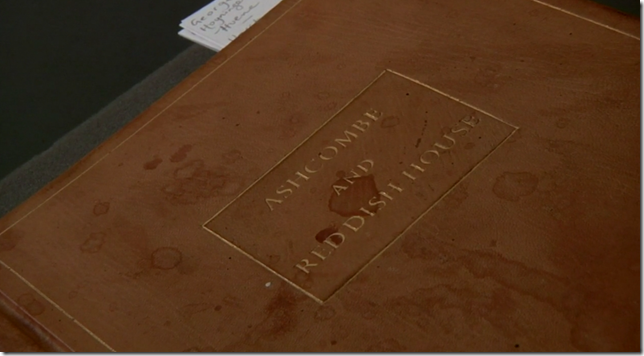







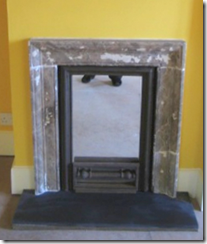
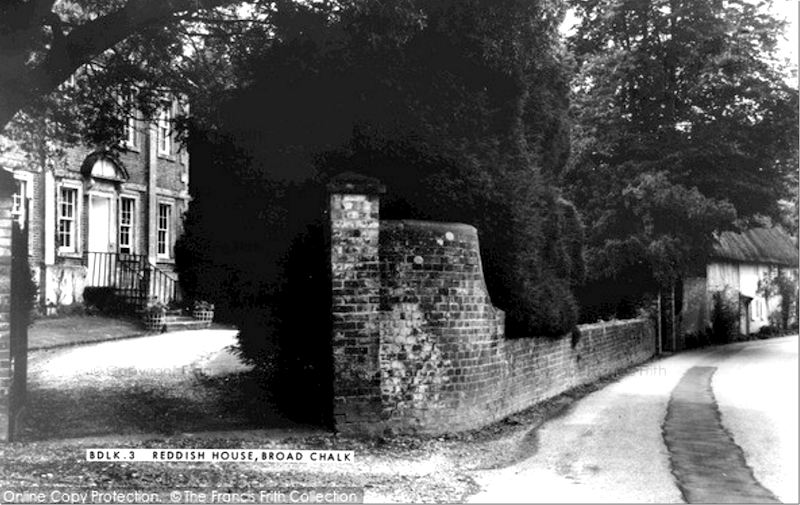


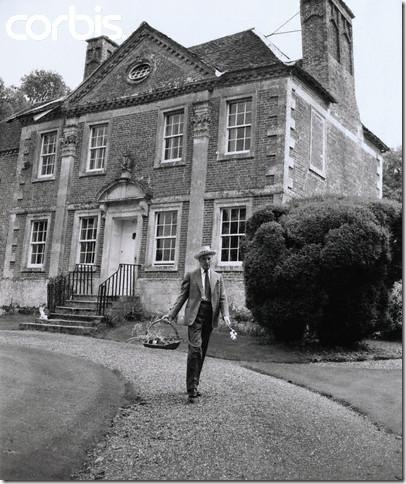
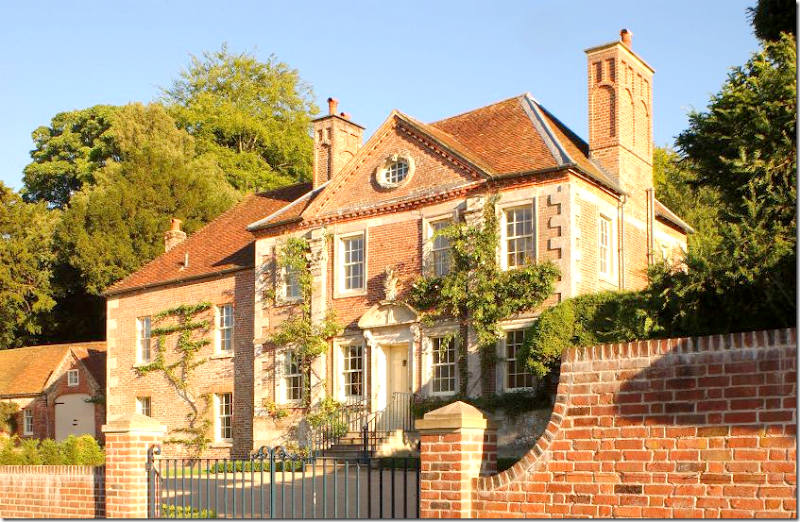

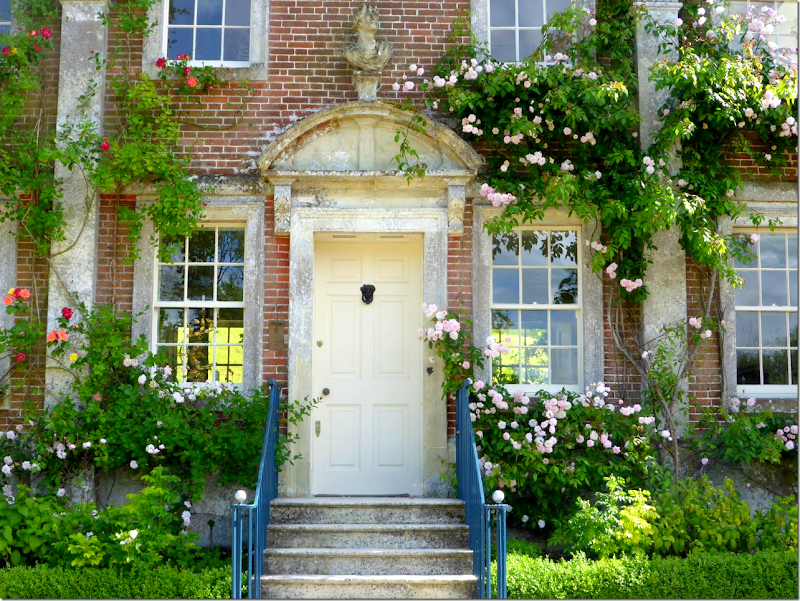


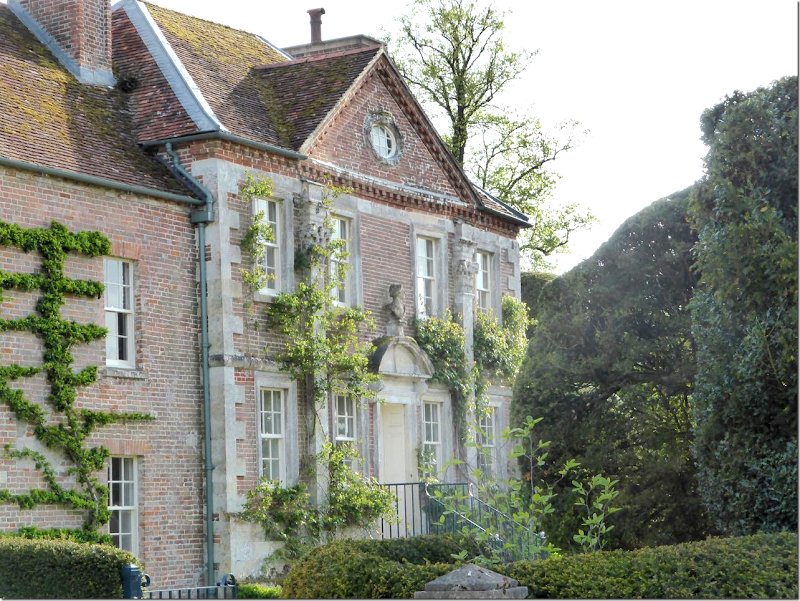











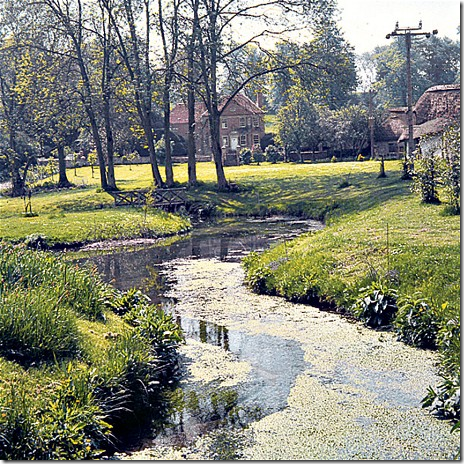

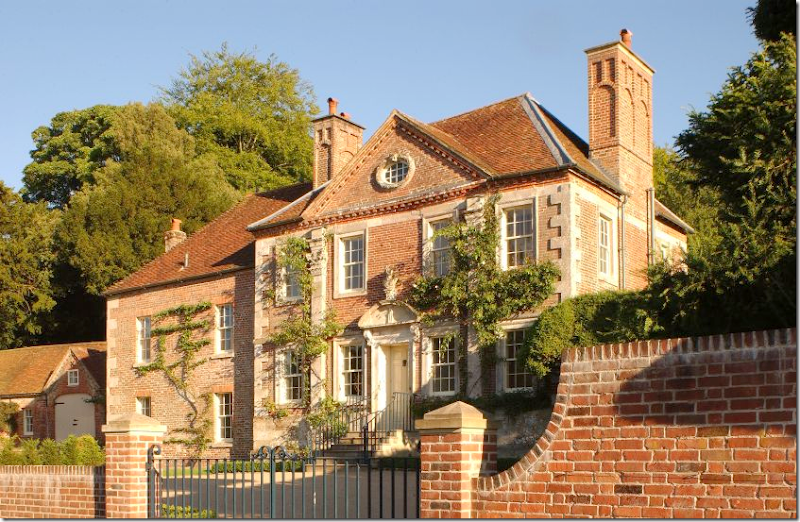




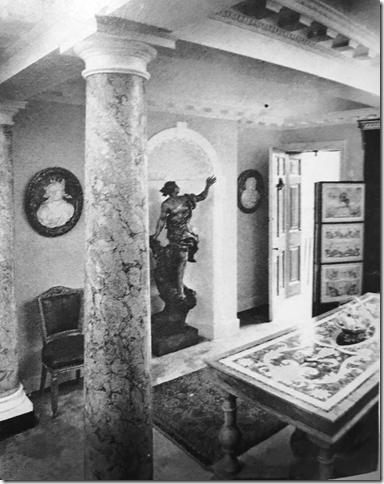


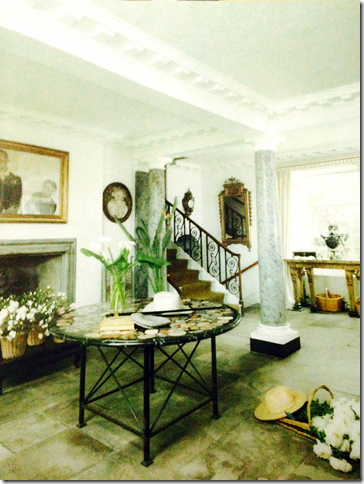


![image_thumb[74] image_thumb[74]](https://lh3.googleusercontent.com/-SVYXWWg_2CY/VxnxR2jpoBI/AAAAAAADLMU/ubGFczFo9A8/image_thumb74_thumb.png?imgmax=800)

![image_thumb[77] image_thumb[77]](https://lh3.googleusercontent.com/-r9B9ACeAN30/VxnxaWc2OJI/AAAAAAADLMo/Il6oN_nW2WI/image_thumb77_thumb.png?imgmax=800)


Nenhum comentário:
Postar um comentário